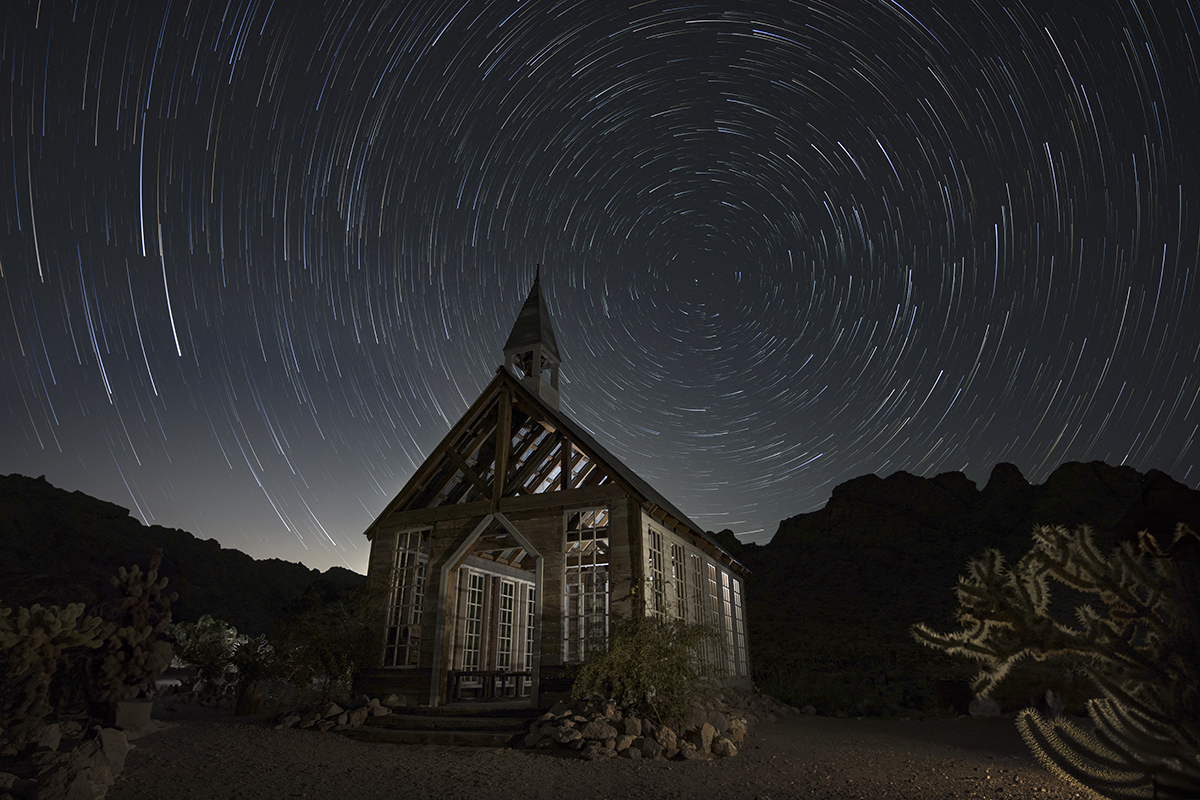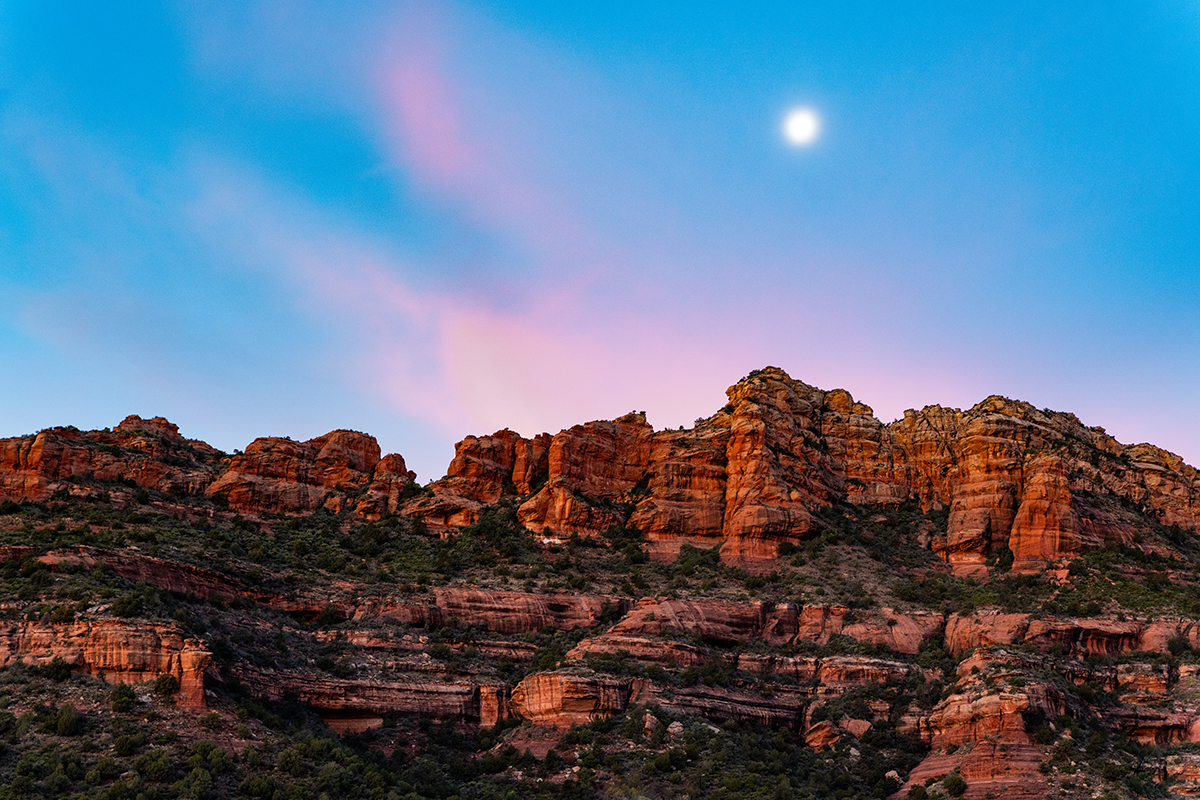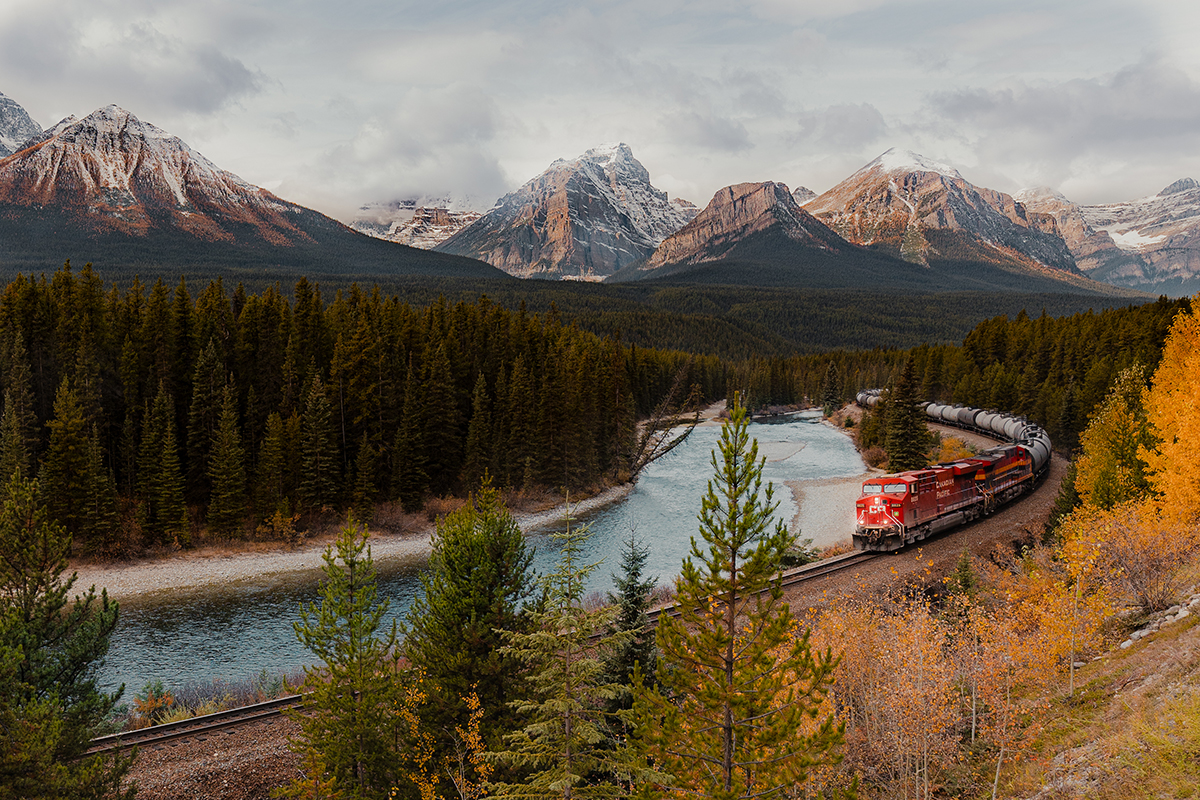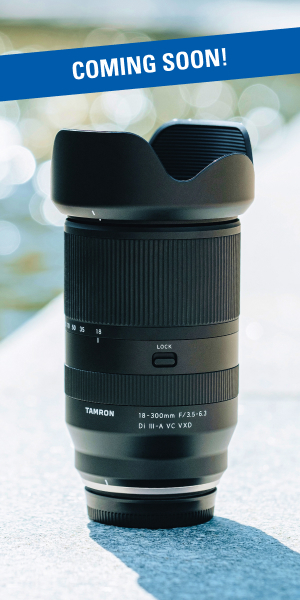
Landscapes, Cityscapes, Seascapes
Alex Augustin captures it all with the versatile Tamron 35-150mm F2-2.8 zoom lens.
Author: Jenn Gidman
Images: Alex Augustin
Share Article
Alex Augustin’s photographic journey began during his high school days in Haiti, when he became the go-to person whenever someone needed a portrait. His deep love of nature eventually led him to landscape photography, but the real turning point for Alex arrived in 2019, during a trip to California.
“Exploring the incredible landscapes there opened my eyes to how much I loved capturing nature’s beauty,” the Florida photographer says. “That trip solidified my passion for landscape photography and my desire to showcase the world through my lens. I’ve since been dedicated to creating images that not only highlight nature’s beauty but also evoke emotion and inspire a deeper appreciation for our surroundings.”
For his photographic adventures, which include cityscapes and seascapes as well as landscapes, Alex uses the Tamron 35-150mm F/2-2.8 Di III VXD all-in-one zoom for his Sony mirrorless camera system. “This lens is a perfect balance between wide and telephoto, allowing me to avoid the hassle of switching lenses,” he says. “The versatility of its focal range allows me to capture everything from sweeping landscapes to detail-rich portraits with ease.”
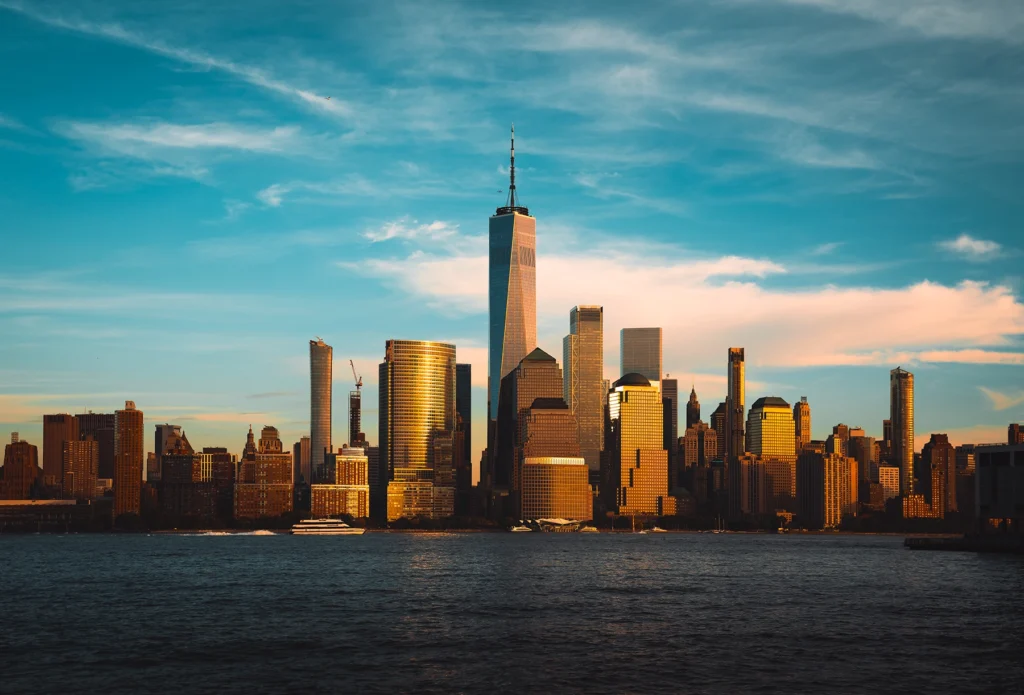
One of Alex’s favorite features of the lens: its fast F2-2.8 aperture. “That’s rare for a zoom lens with this range,” he says. “It’s fantastic in low light, making sunrise and sunset shots much sharper and more vibrant without having to bump up the ISO too much. With the Tamron 35-150mm, I feel fully equipped to handle almost any landscape photography scenario.”
ALEXANDER’S QUICK TIPS
Shoot during golden hour, and early.
While I love the warm tones of sunset, there’s something special about the early hours: the soft light, the peaceful atmosphere, the lack of crowds. It’s the perfect time to connect with nature and truly immerse myself in the moment while capturing its beauty.
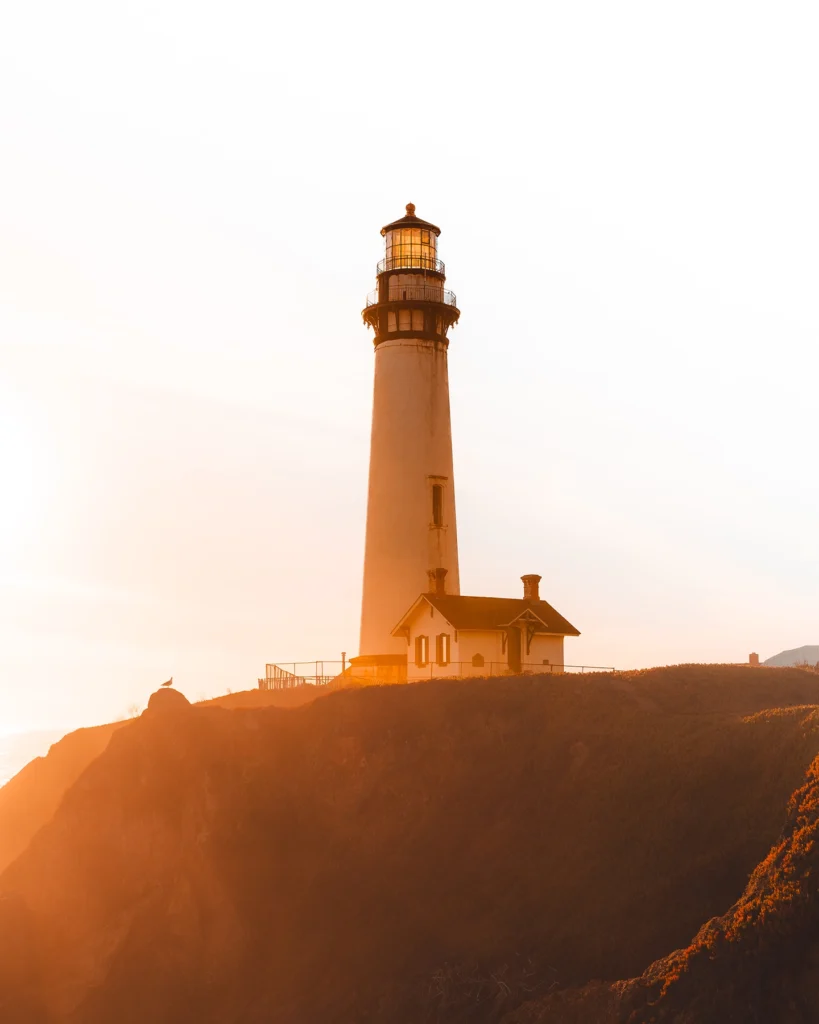
I came across this beautiful church in Yosemite at just the right time in the morning. The lighting was perfect, casting a warm glow on the scene. The brown church nestled between lush green trees created a striking contrast that immediately caught my eye. I composed the shot to include both the foreground and background, with the sun’s rays naturally framing the church to make it stand out even more.
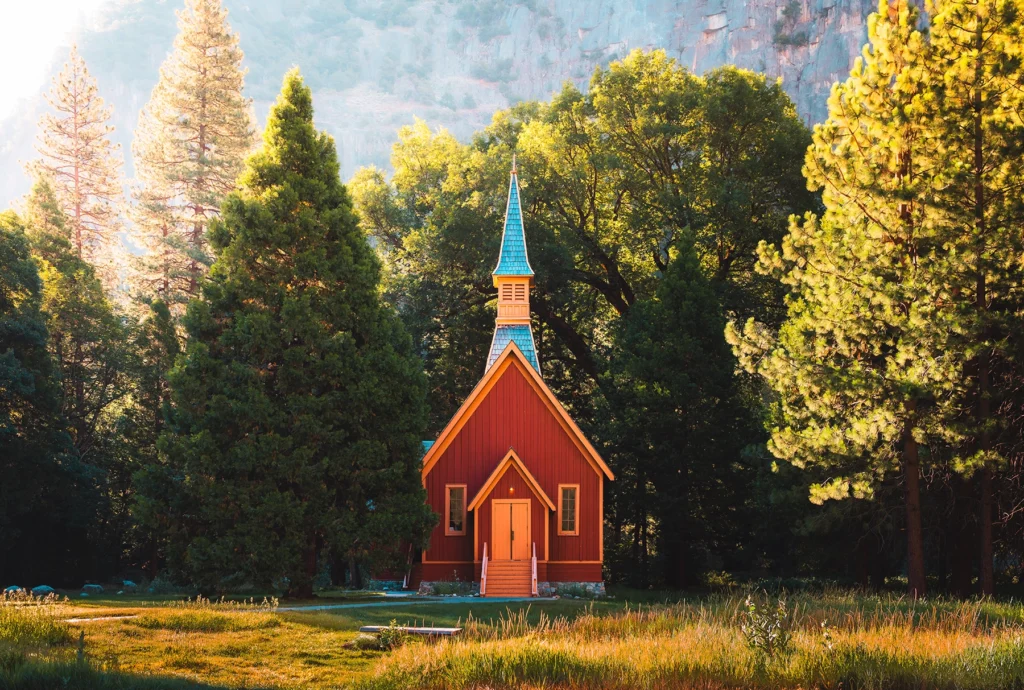
Seek out scenes with strong contrast.
I like my subject to really stand out. What catches my eye the most is a clear separation between the subject, background, and foreground, as it helps create depth and balance in the composition. I also love a dramatic, cloudy sky as a backdrop—it adds mood and texture to the shot.
Colors that pop are also eye-catching. Florida is home to some of the most beautiful beaches in the US, and so for my “Seaside Watchtowers” collection, I wanted to highlight the unique and colorful designs of lifeguard towers found along the South Florida coastline. That collection won first place in the “Architecture/Other” category at the 2023 International Photography Awards.
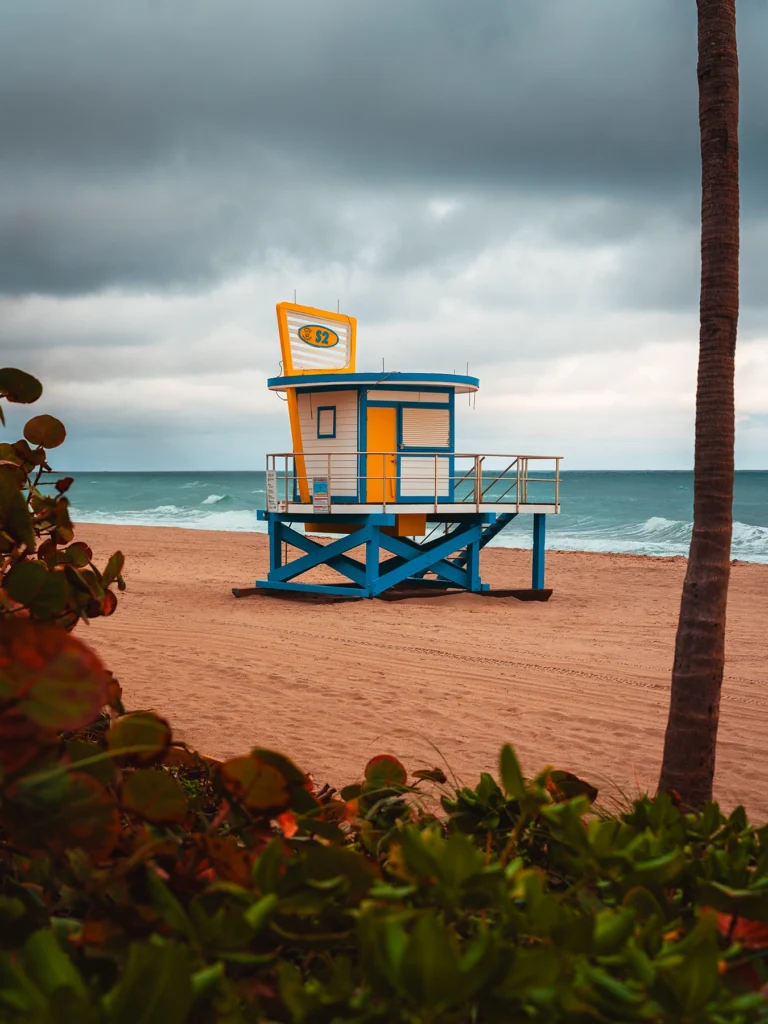
Compose with intention, not obligation.
Composition is everything in photography—it’s what turns a simple shot into a powerful image. I don’t strictly follow rules when I’m shooting, but I always think about how to guide the viewer’s eye through the frame. I focus on creating depth, balance, and a strong focal point rather than sticking rigidly to guidelines like the rule of thirds or S-curves.
This photo of the Mustang coming around the bend near Half Dome is one of my favorites. I’d seen Half Dome from this angle before, but when I arrived, I felt a standard shot wouldn’t be as compelling. After scouting the scene, I realized that using the double yellow lines in the road as leading lines would add depth and interest. Still, I felt something was missing. That’s when I decided to wait for a car to pass through. Many vehicles came and went, but when I saw this Mustang approaching, I knew it was the perfect subject to complete the shot.

At the World Trade Center Transportation Hub in New York City, I was about to walk down the stairs when I noticed that the centerline on the floor led directly to where the ceiling’s skeletal structure met the ground, creating perfect symmetry. I quickly realized this could be a great architectural/abstract shot. Luckily, I had my camera with me and was able to capture the moment.
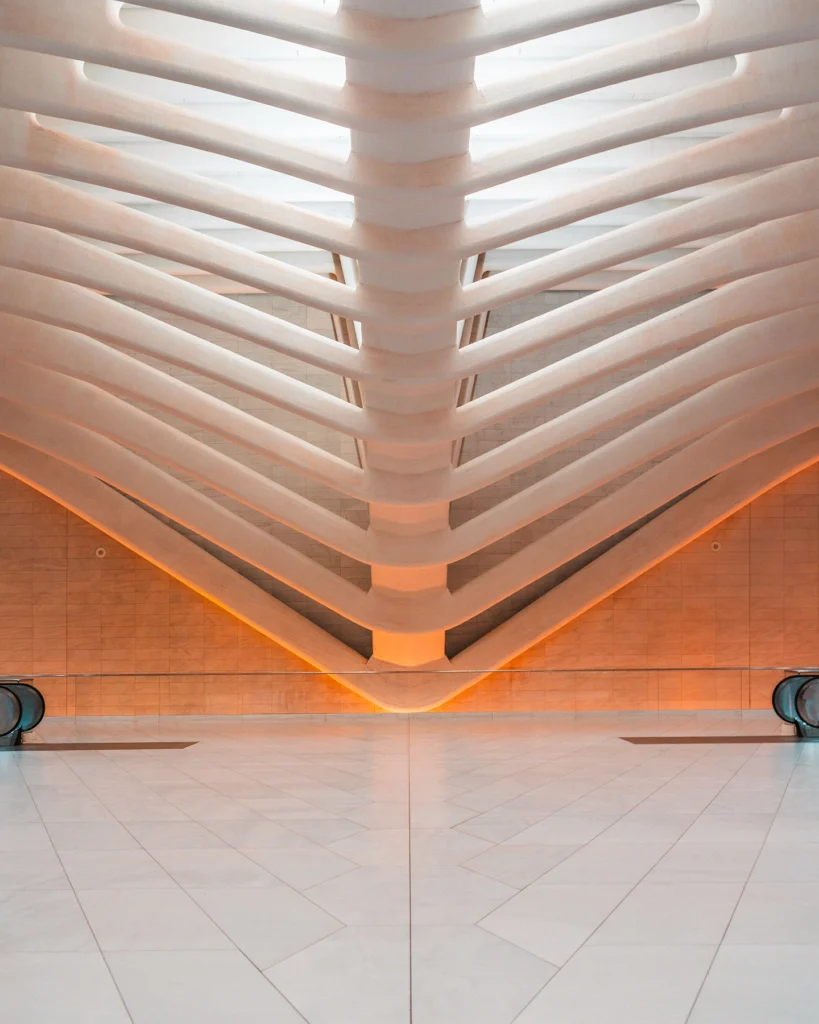
Beyond the postcard.
I always try to capture famous landmarks from a fresh perspective, whether it’s finding an angle that hasn’t been seen before or shooting at a time when the lighting and atmosphere create a more dramatic, unique look. My goal is to showcase these iconic places in a way that feels new and unexpected.
For my photo here of the Golden Gate Bridge, I stumbled upon this spot during an afternoon walk near the bridge. Even though I’d seen pictures of the bridge from that angle many times before, I wasn’t aware that spot was on my path that day. I loved how the two trees naturally framed the bridge, creating a balanced composition with my own twist. The weather was also on my side that day—a cloudy blue sky provided the perfect backdrop, making the bridge’s bold red color pop even more.

Good things come to those who wait.
This shot at McWay Falls, an 80-foot waterfall along the coast of California’s Big Sur, took six hours in total. When I arrived that morning and saw the falls, I immediately envisioned the composition, using the rule of thirds to place the waterfall on the left and the waves crashing on the right. However, the overcast sky muted the scene’s colors, making it feel flat. I ended up making three trips back to the falls throughout the day, waiting for the right conditions. Eventually, I got the moment I was hoping for—the blue sky reflecting on the ocean, and the warm orange hues of the sunset glowing on the water.

